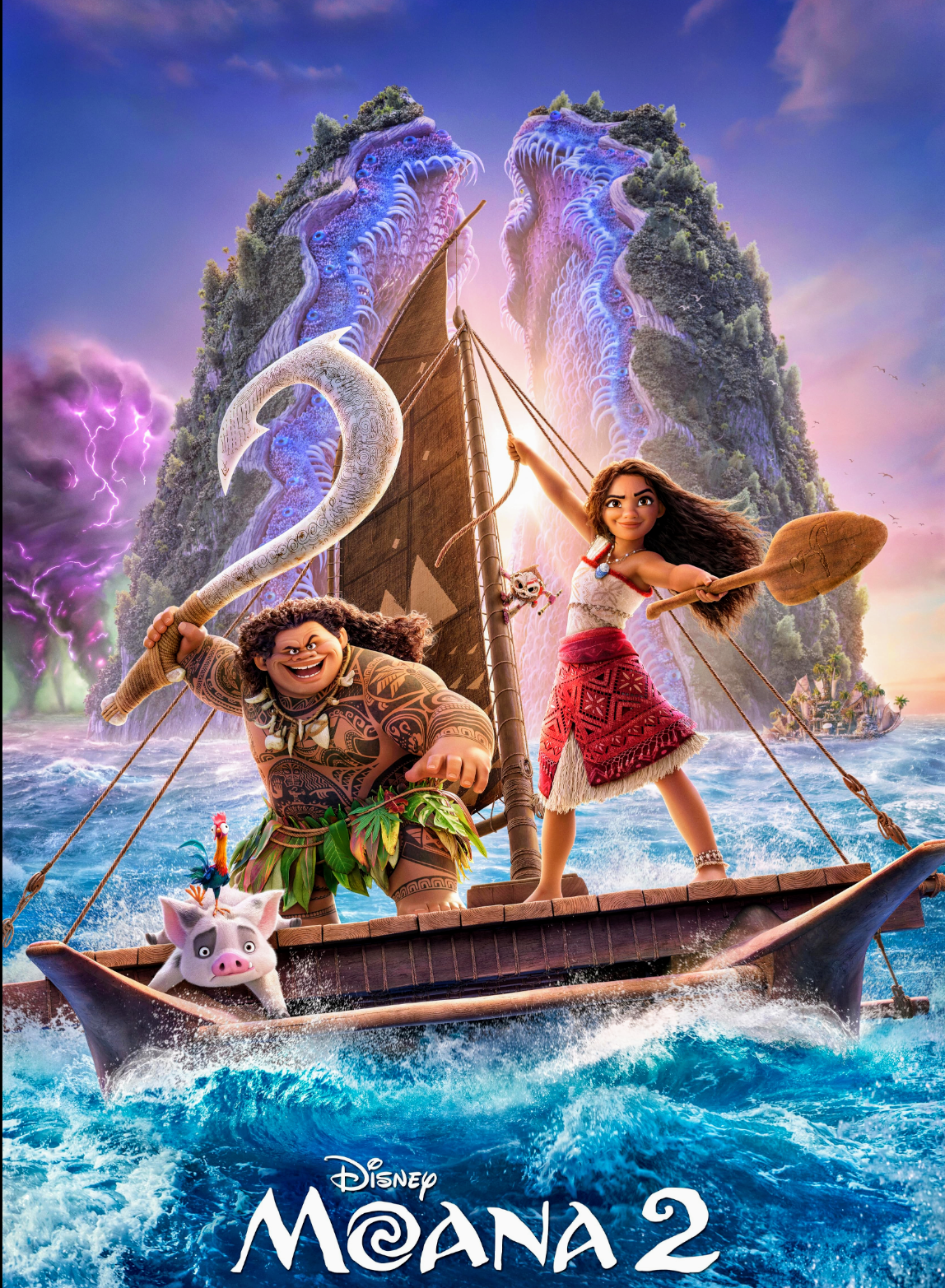
*Moana 2* (also known as *Vaiana 2* in Hong Kong and *Moana 2*), with a runtime of 100 minutes, is a fantasy animated film written by Jared Bush, Dana Ledoux Miller, Beck Smith, and Brycen Chun. It is directed by Dave Derrick Jr., Jason Hand, and Dana Ledoux Miller.
The film was released in North America on November 27, 2024, and in mainland China on November 29, 2024. In 2024, it was nominated for the 75th American Cinema Editors (ACE) Eddie Award for Best Edited Animated Feature Film, and received Annie Award nominations for Best Animated Effects, Best Character Animation, Best Storyboarding, and Best Editing. It was also nominated for Best Animated Feature at the 82nd Golden Globe Awards.
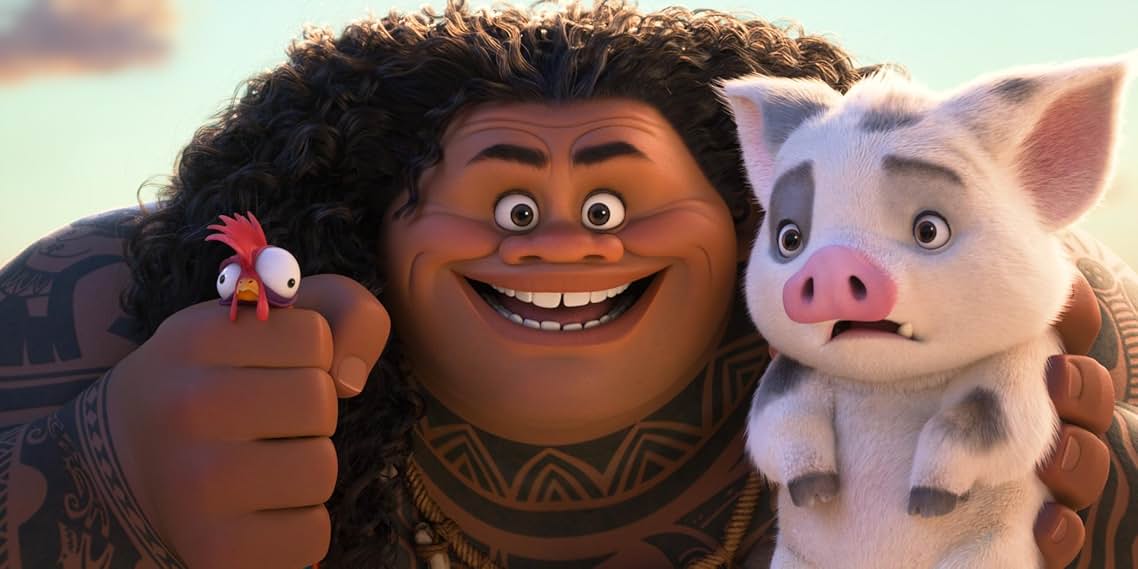
The film is a sequel to *Moana* (2016), and follows Moana and her crew on a quest to find the legendary lost island of Motufetu in order to restore the long-broken connections between the oceanic peoples.
Moana (voiced by Auli’i Cravalho), now the newly appointed chief of her tribe, has a lovable younger sister named Simia. When Moana discovers a new nautical chart, an ancient island cursed by a power-hungry god is revealed. Determined to break the curse and reunite her people, Moana gathers Maui (voiced by Dwayne Johnson) and a new crew to embark on the voyage.
Responding to a sudden call from the ancestral spirits, Moana, Maui, and their new crew set sail toward the far reaches of Oceania. Along the way, they venture into treacherous, uncharted waters and face an unprecedented new adventure.

Disney’s *Moana 2* delivers a dazzling ocean adventure that presents a modern myth of courage and ecological harmony. This sequel not only continues the magical tone of the original but also combines technical innovation with cultural depth to create an animated masterpiece suitable for all ages.
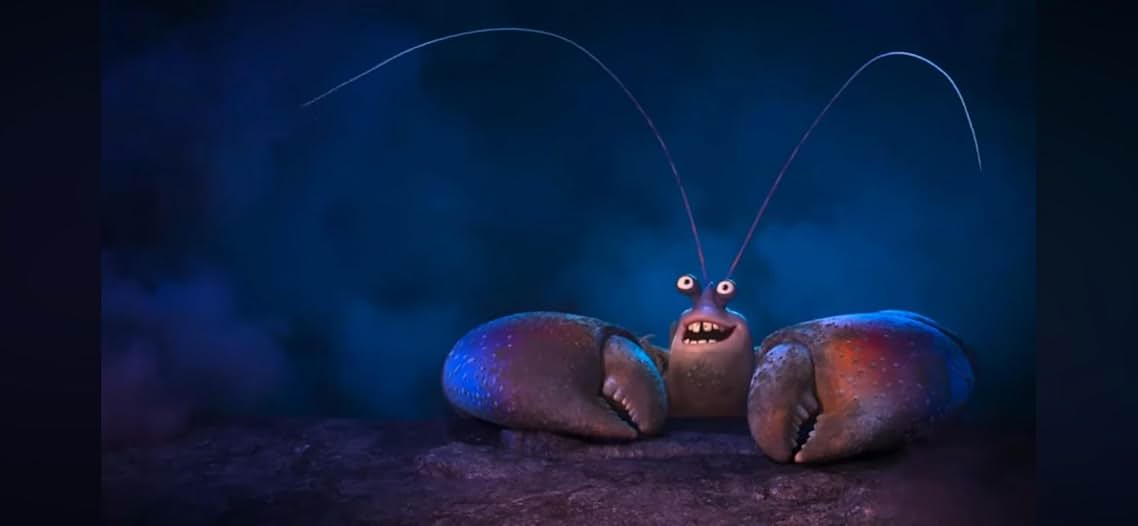
**1. The Adventure Story: A Nautical Legend Amid a Coral Crisis**
Now the chieftain of her tribe, Moana sets sail once more in response to a sudden *coral bleaching crisis*. This time, she is joined by her mischievous younger sister Simia, the demigod Maui, and new companions—Loto the inventive tinkerer and Moni, a stargazing dreamer—as they embark on a journey to find a long-lost island.
One of the film’s most breathtaking scenes features a terrifying mechanical octopus made of oily sludge, draining the ocean’s energy. Its tentacles wrap around the emerald domes of a sunken city-state, each pulsating movement leeching the life force from coral reefs.
In the film’s emotional climax, Moana leaps barefoot into the moonlit ocean and performs the *Dance of Coral Rebirth*. With each wave-stepping movement, vibrant coral blooms beneath her feet, transforming a traditional Polynesian ritual into a stunning visual spectacle.

Moana, a fearless and independent tribal hero, is passionate about adventure and known for her courage and resilience. To find the legendary sunken island of Motufeito and restore the long-lost connection among the ocean’s diverse peoples, she sets sail once again with her companions, braving the crashing waves.
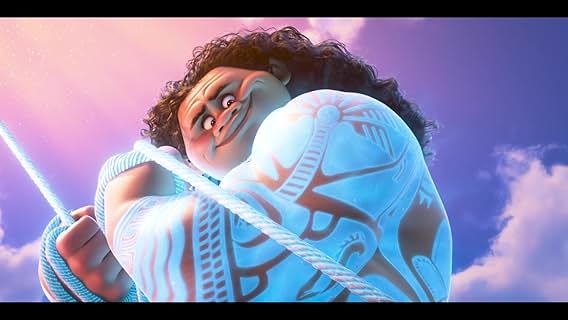
Maui, the half-human, half-god hero, is Moana’s loyal companion. He is a shapeshifter known for his mischievous nature, humor, and kind heart—plus an impressively memorable voice.
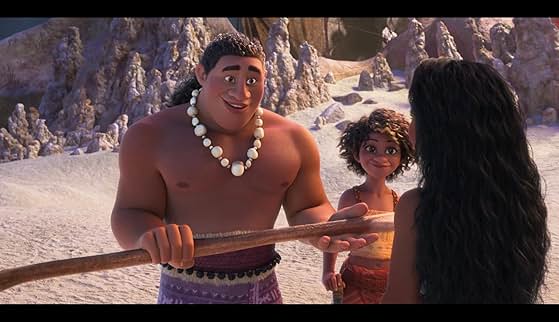
Moni, the storyteller and a crew member on Moana’s voyage, records their journey on parchment, his drawings unfolding like an epic sung by a bard.

Loto, the sailboat inventor and one of Moana’s crew members, carries an unwavering optimism that shines throughout the entire adventure.

Kaile, an elderly farmer and one of Moana’s crew members, is a seasoned elder whose abundant provisions ensure a smooth journey for the entire voyage.

Mantani, a bat-like woman trapped inside a giant clam, is a servant of the god Nalo. She guides Moana to a new path, ultimately gaining her freedom and a new beginning.

**2. Technological Breakthrough: A Living, Breathing Ocean World**
This time, Disney brought the *water* to life—ocean scenes feature up to 12 layers of dynamic transparency, while a single storm sequence contains 230 million simulated water particles. The foam crashing against the boat is rendered with such precision that you can see each bubble burst in real time.
Maui’s shapeshifting fishhook is a "multi-form divine weapon" with 108 transformation modes, infusing battle scenes with endless creativity: from a fishing spear to a surfboard, then morphing into a shield to block oily tentacles.
Some of the most delightful details are hidden on the characters themselves: the longer Moana sails, the more defined her muscles become; salt crystals form at the tips of her hair, changing their refraction angle based on real-time humidity; and even the clumsy chicken Heihei gets hilariously frizzy feathers, statically charged by the ocean wind.

*Moana 2* boasts a powerful music production team, using melodies to chart an adventurous journey across the blue sea and sky. The Chinese theme song, **“Song of Courage”**, elevates the oceanic quest into a heartfelt story of growth, courage, and hope. Performed by **Zhang Jie**, the song is dedicated to children who bravely chase their dreams, encouraging them to stay true to themselves with strength and determination.

**3. Cultural Parable: An Oceanic Revelation for the Modern World**
The film weaves environmental themes into a mythological framework: the sunken city of Motufetu mirrors the glass facades of modern metropolises, and ancestral murals warning of “energy overdraft” directly reflect today’s climate crisis. When Moana refuses to use divine power to instantly restore the coral and instead chooses to let nature rebuild over a hundred years, it breaks the fast-fix formula of traditional superhero films—embedding sustainability deep within the mythos.
The new antagonist, **Mantani**, is a breath of fresh air—a seductive goddess with tear-shaped beauty marks under her eyes who manipulates oily sludge to battle coral, serving as a striking metaphor for humanity’s exploitative relationship with nature. In a standout moment, Moana traps a mechanical octopus using a fishing net woven from plant fibers—a powerful visual lesson in ecological responsibility for industrial civilization.

**4. Healing Power: Every One of Us Is a Wave in the Ocean**
Compared to the first film, this adventure places greater emphasis on the idea of *symbiosis*. Old farmer Kaile tends to vegetables on deck, inventor Loto crafts diving goggles from coconut shells, and stargazer Moni maps the stars with seashells—these seemingly comedic companions actually form a richly diverse map of coexistence.
When Moana transforms the role of chief into a *rotating responsibility system*, allowing every tribe member to take the helm, Disney offers a fresh interpretation of feminine power: true leadership isn’t about commanding the storm alone, but about helping every wave find its own rhythm.
In the final scene, Moana and her sister sail through a sea of stars atop a pod of whales. Under the moonlight, glowing microorganisms dance to their song—an ethereal moment that reminds us: the answer to surviving an uncertain world may lie in the ancestral wisdom of how to live in harmony with the ocean.

**5. A Flawed Yet Beautiful Oceanic Tribute**
Though the film’s pacing may feel a bit rushed and some of the new characters underdeveloped, its breathtaking visuals more than make up for these shortcomings: glowing jellyfish swarms in the deep sea, an underwater volcano adorned with fluorescent coral, mythological totems swimming across Maui’s tattoos…
When Zhang Jie’s *“Song of Courage”* begins to play, and we watch Moana ride the waves across an IMAX screen, the story’s true message becomes clear—it’s not a tale of conquering the ocean, but a lesson in living like the tides: with the courage to crash against the rocks, and the wisdom to return gently to shore.
This regionally rich animation is like a handful of warm seawater—gently reminding every viewer that we are not separate from nature, but part of a shared rhythm, dancing together in harmony.
